Sagada is one of the places in the Philippines packed with a lot of popular destinations. The Hanging Coffins at Echo Valley in Sagada, for example, is one unusual and unique spot.
Personal Notes
My Bomod-ok Falls trekking the day before literally revived my joints pain, so I woke up late today. It was already 8:30AM and I had to cancel my supposed sea of cloud tour. But forget about that Tito’s problem. Waking-up late, with breakfast on bed served with Sagada coffee made my morning special as equally heaven to sea of clouds. Also, I am also hesitant to attend the tour because of the crowd and too much hype. Next time, maybe.
Today is my second day in Sagada. After eating my breakfast, I decided to just trek and explore the Echo Valley which is the closest tourist spot around Poblacion. The starting point is more or less a kilometer from the Tourism Office.
While exploring, I decided to visit St. Mary’s Episcopal Church, an Anglican Church before I proceed to the entrance going to the Echo Valley trail. Ninety percent of the population in Sagada belongs to the Anglican religion. By the way, there is also this interesting old bell displayed within the church compound. It only shows how old the church is.
After I presented my receipt from the Tourism Office and paid the entrance fee, they assigned a tourist guide for me – Nanay Betty. In this tour we were going to visit the Calvary Hill or modern cemetery, which is the location of the annual “Panag-apoy.” We were also drop by a beautiful view deck called as the echo spot. Lastly, we were going to see the famous Sagada Hanging Coffins.
Nanay Betty Magalgallit, my guide, made the Echo Valley Tour an interesting walk of trivia and never ending beautiful stories. Our 2-hour tour was full of laughter and beautiful sharing of personal stories. She shared a lot of trivia and stories about Echo Valley and traditions in Sagada – from courting, marriage and death! Thank you Nanay Betty, salamat sa gamot sa lamig/rayuma, see you soon!
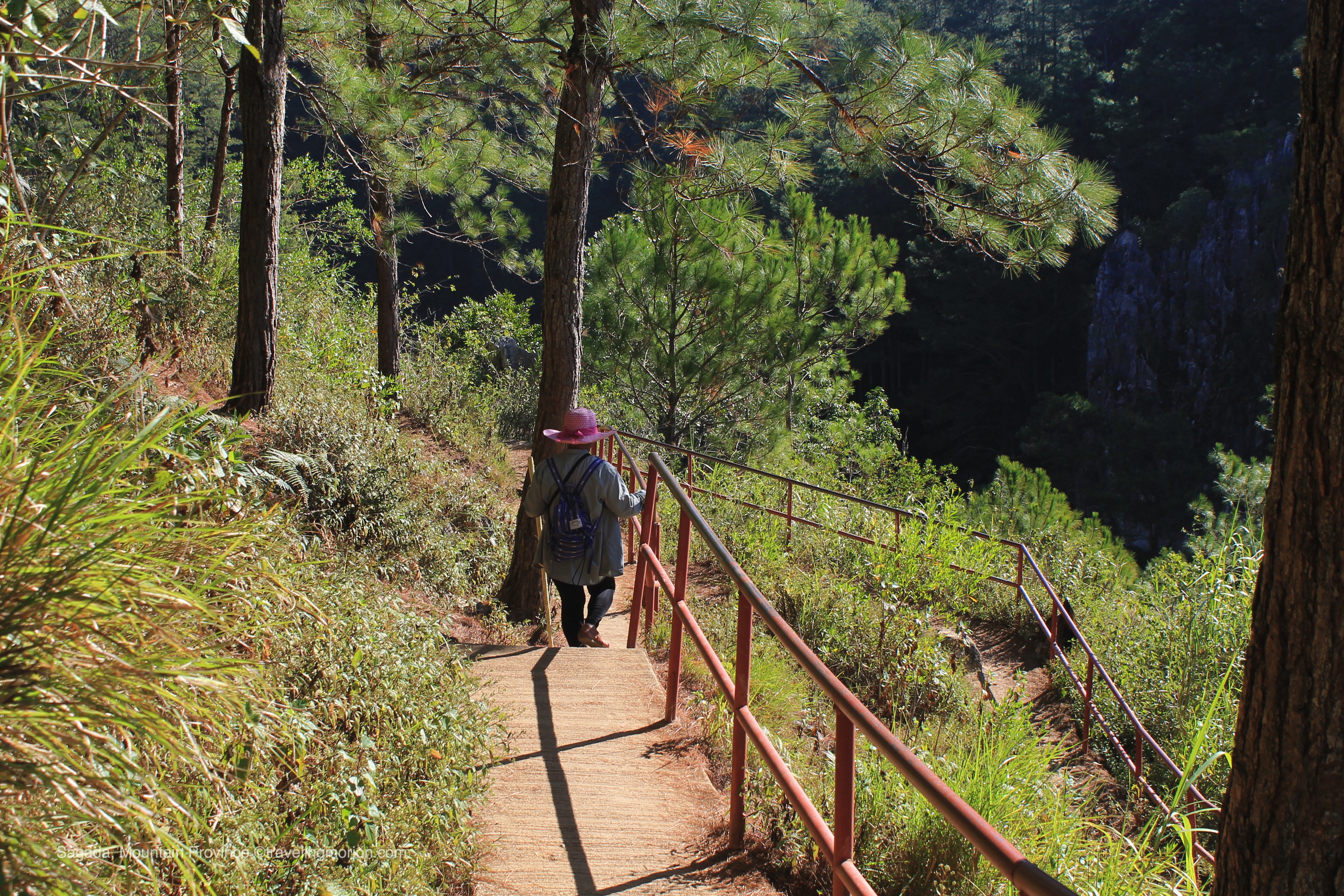 |
| Nanay Betty, the tour guide and a local of Sagada |
The Calvary Hill Cemetery and "Panay-apoy"
The Calvary Hill Cemetery is a patterned after the modern type of cemetery we commonly know of. You must pass through the cemetery to get to where the hanging coffins are. This is also considered a part of the tour when visiting the hanging coffins. It is located in a small hill that is completely covered in lush green grass and some fully-grown pine trees on the top. The place has a quiet and peaceful atmosphere to it.
The cemetery is also famous during All Souls Day because of their tradition called “Panag-apoy.” On the second day of November, the whole cemetery area turns into a mountain of fire. Taken from the Kakana-ey word, Panag-apoy means to “light a fire." Families light bonfires made of pinewood called locally as Saleng on top or near the tomb of their departed love ones.
 |
| The modern cemetery - location of the annual Panag-apoy |
The Hanging Coffins, an Old Tradition
These hanging coffins originated from the beliefs of old folks that placing the deceased in an elevated crevice would bring them closer to the Gods they believed in. It still remains uncertain what are the details and specific requirements to do this, but what is clear is that not all are qualified to have a burial like this. One important rule, among all others, is that the dead, who is to be buried, should be married at the time of death and has grandchildren.
The bodies in these coffins are placed in a fetal position. Why? Because the elders believe that the ending of this life is the beginning of a new one. Another belief by the old folks in Sagada is that as the coffin containing the body is being hoisted up, those present would wish to get some blood sprinkled on them. This is because they believed that if one is sprinkled with blood of the mummy, one will achieve abundant harvest and a lot of success. This is why a lot of people would usually touch the body as a sign of good luck.
It is clearly seen here how some coffins have the very traditional style or a bit modern type of burial. The traditional one has funeral chairs attached to the coffin. These chairs are chairs that were used to strap in the deceased while he was being mummified. As for the modern type of burial, the difference is that the coffins have crosses on them. This blends in the Christianity part of the folks in the area. It was in 2010 when the last burial in the Echo Valley Hanging Coffins was allowed. Currently, burials are now done in the Calvary Hill Cemetery.
 |
| A few meters away from the Hanging Coffins is a cave burial site - another interesting burial tradition in Sagada |
Other Things to do in the Echo Valley
If you still want to stay in Echo Valley and maximize the time you have there, there are other activities that you can do. On the other side of the rock where the hanging coffins are, there is another rock wall popularly used for rock climbing. There is a stall nearby that provides equipment and safety harnesses.
You can also opt to visit, before or after going to the hanging coffins, at the St. Mary’s Episcopal Church, an Anglican Church – 90% of the people of Sagada belongs to this religion.
DID YOU KNOW that there is a spot along the trail to the coffins that produces echoes? Before, hikers are allowed to shout their worries here. However, this is not allowed now to respect the serenity of the area.
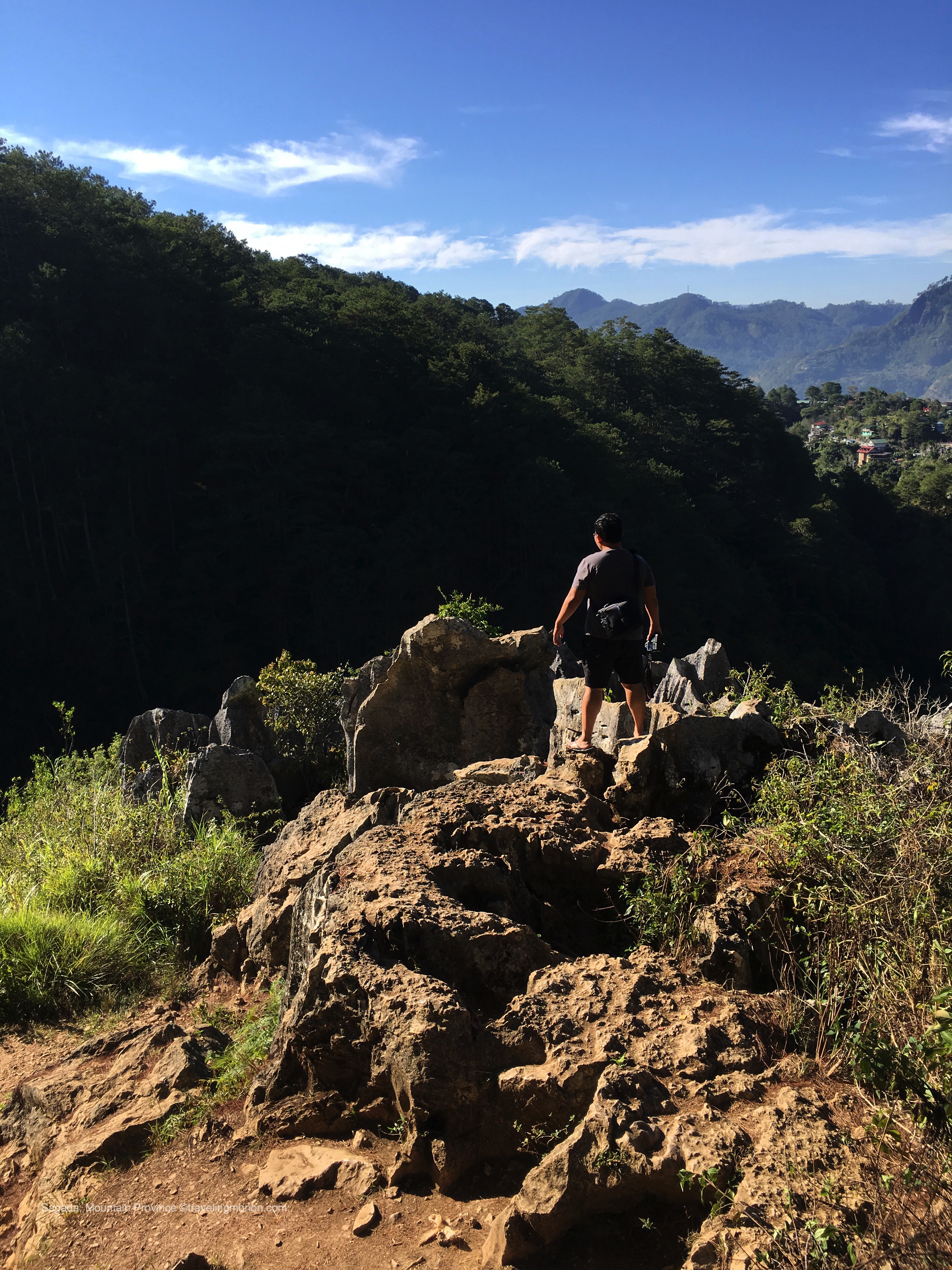 |
| The "Echo Spot" |
Fees
- You first need to pay the tourism fee of Php50.00 at the Tourism Office before availing the tour at the Echo Valley. Keep the receipt – it will be checked in every tourist destination you want to visit in Sagada.
- Entrance Fee at Echo Valley is Php10.00.
- Tour guide is mandatory: Php300.00 for 1-10 visitors; Php400 for 11 visitors; Php600 for 12-20 visitors; Php700 for 21 visitors; Php800 for 22-30 visitors; Php900 for 31 visitors; Php1000 for 32-40 visitors; Php30.00 per head for 41 and above pax.
Travel Notes
- January and February are the coldest months in Sagada.
- Automated Teller Machines (ATMs) are available in the town proper – one in the Municipal Tourism Office and the other one in the town’s cooperative’s office located at the 3rd floor of the market building.
- LTE connection is available in Sagada Town Proper but poor mobile signal in some parts outside the town proper. Most of the cafes don’t offer free Wi-Fi connections.
- Echo Valley is located within the town area – just a walk from the town center.
- Your comfort and difficulty during the hike will depend on what you wear. Remember to wear appropriate hiking clothes, pack light but make sure to bring water, coffee and a small towel.
How to Get There
From Metro Manila
- Ride in a bus bound to Sagada. Coda Lines semi-deluxe and super deluxe buses have a direct trip to Sagada via Nueva Ecija - Nueva Viscaya - Ifugao road. Fare for Semi-Deluxe buses (No CR) is Php760.00; and Php980.00 for Super Deluxe (with CR). You can book in advance through their online booking site: http://codalinesph.com/. The tickets get sold easily so book in advance. The terminal is located in EDSA, Quezon City, same as the terminal of HM Buses. See the schedule below (source: Coda Lines website, subject to changes without prior notice).
Other option, you can ride in a bus bound to Baguio City then transfer to a bus bound to Sagada. Busses going to Sagada is in Dangwa Station and the travel time is more or less 5 hours.
- If you are coming from Banaue (Ifugao Province), you can ride in a van or Coda Lines bus – travel time is more or less 2 hours. Terminal is at site of the Banaue Tourism Office.
- From Bontoc, Mountain Province, Sagada is more or less an hour travel. There are regular jeepney trips to Sagada from Bontoc.
- From Visayas and Mindanao, fly to Manila then follow the instructions above.
TEN COMMANDMENTS FOR VISITORS AND TOURISTS OF SAGADA
Source: Municipal Tourism Office
- Register at the Municipal Information Center. Pay Php 50.00 for the Registration Fee. Present your receipt at the sites you will visit.
- Always get a guide for all your tours – engage the services of local guides. Never engage the services of children.
- Respect all the sacred grounds and sites. Minimize your noise when you are visiting the sacred sites and PLEASE DO NOT SHOUT.
- Do not take close photos of local rituals. Ask permission before taking photos of rituals and individuals.
- No wearing of scanty clothes. No necking in public places.
- Park at designated parking areas only.
- No littering. Bring your own disposal bag and throw it’s contents when you see a garbage bin or when you get back to your lodging house.
- Bring your own bag, preferably an eco-bag when shopping.
- Minimize the use of plastic bottles. Bring your own water bottles that you can refill in water refilling stations.
- Always inform your lodging house if you will not be back at your lodging house by 10:00 at night. Minimize your noise especially during nighttime.
SAGADA MUNICIPAL TOURIST INFORMATION CENTER
Poblacion, Sagada, Mountain Province 2619 Philippines
Mobile phone number: +639171345353
Email address: tourism.sagada@yahoo.com
Facebook Page: https://www.facebook.com/sagadatourism
Website: www.sagada.gov.ph
Open from 7:00AM up to 5:30PM DAILY
_______________________________________________________________________________________________
Follow TRAVELING MORION's Journeys and Travels
Twitter| @travelingmorion
Facebook Page| Traveling Morion
Instagram | @travelingmorion



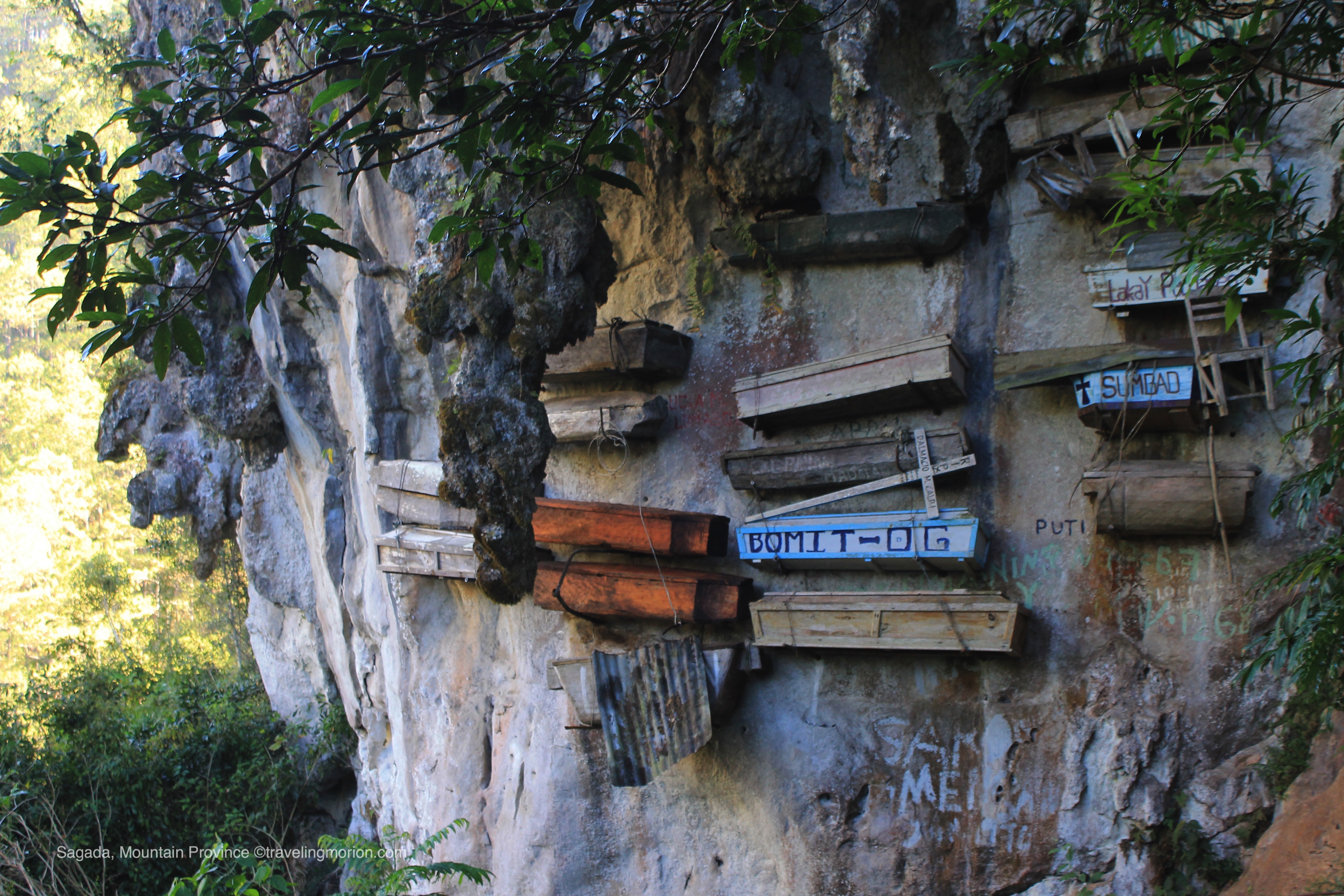

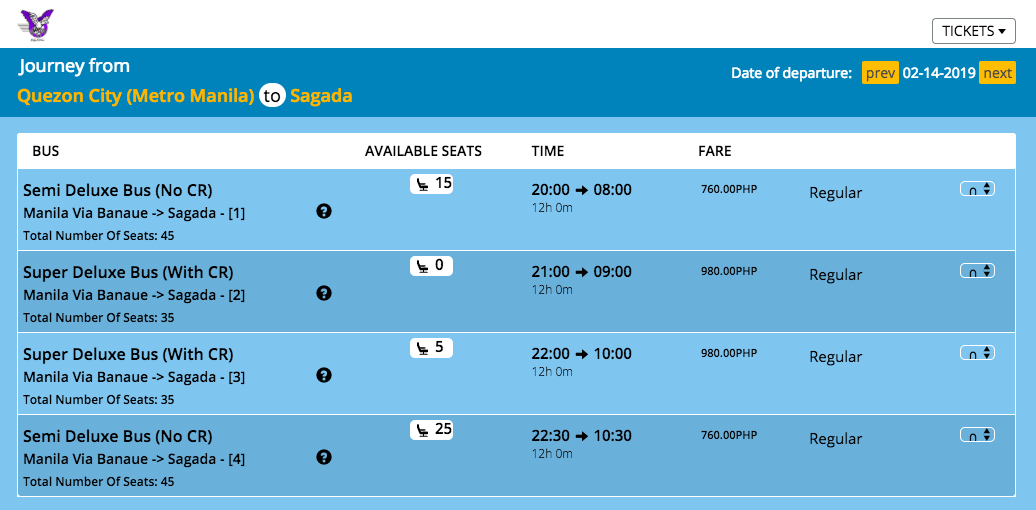

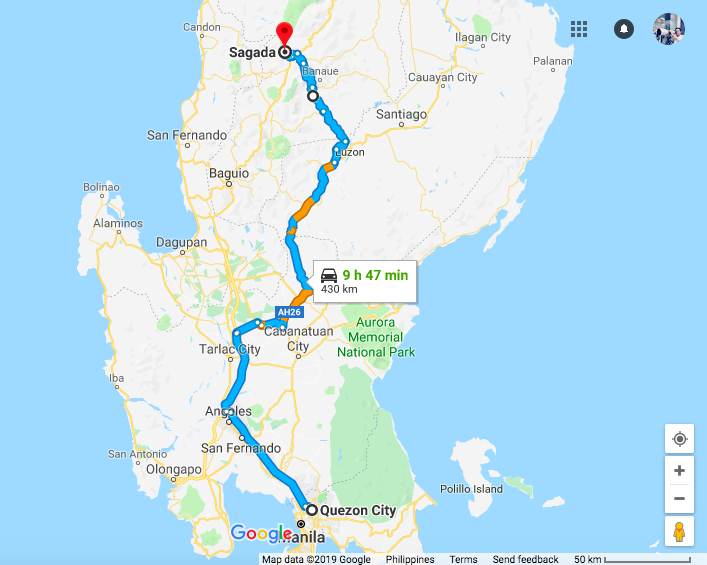
No comments:
Post a Comment
Thank you for visiting TravelingMorion.com
Feel Free to drop/leave comment/suggestion(s) here :)